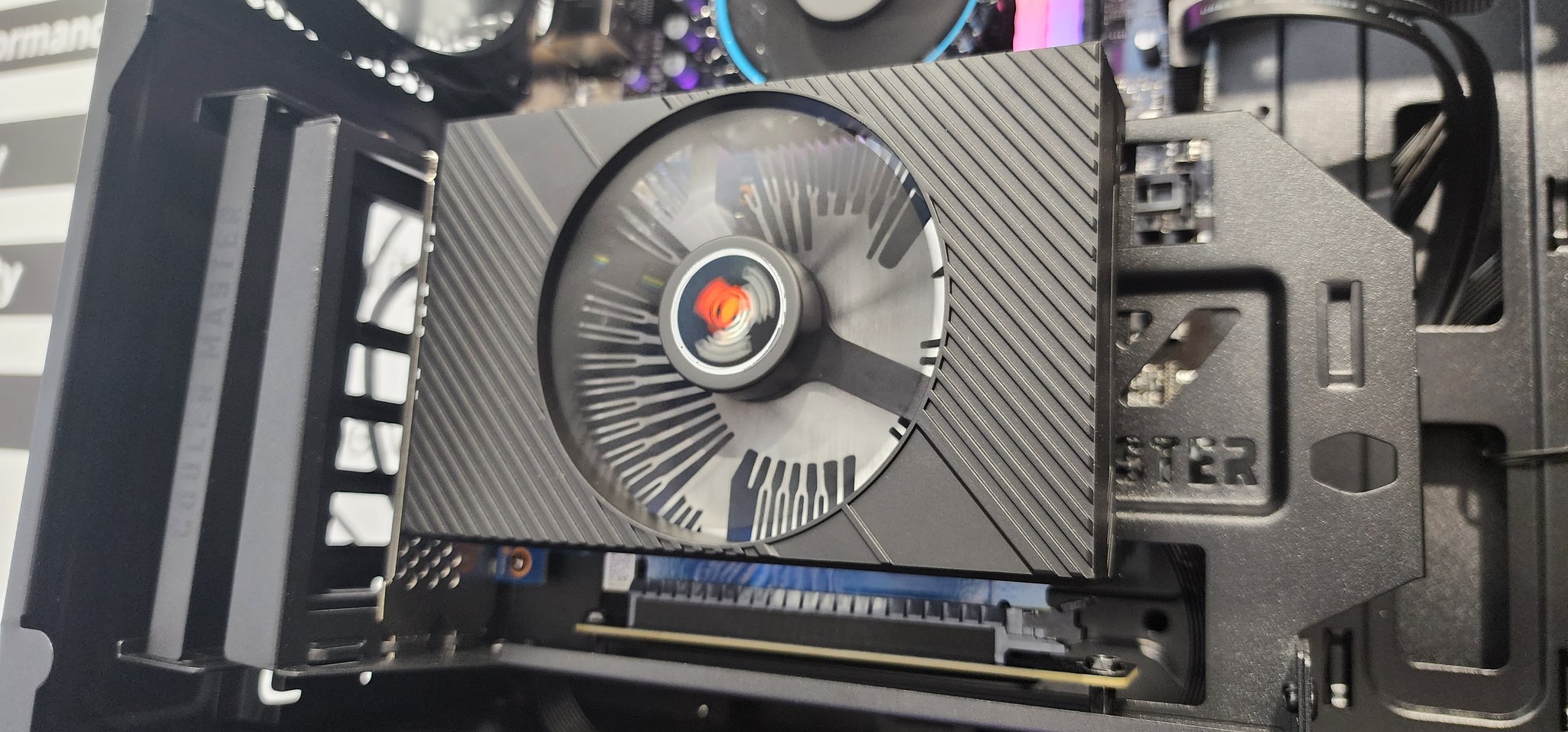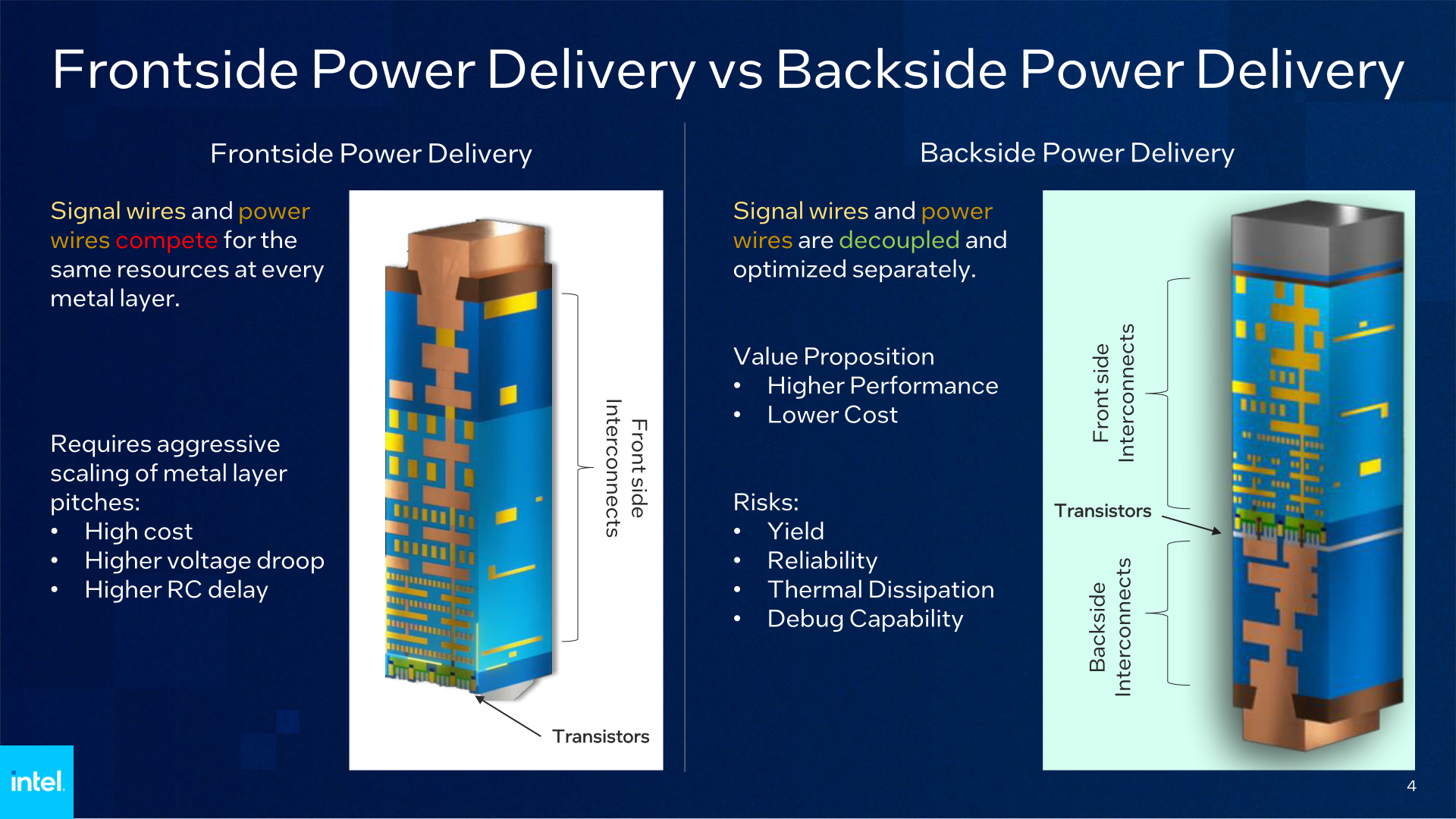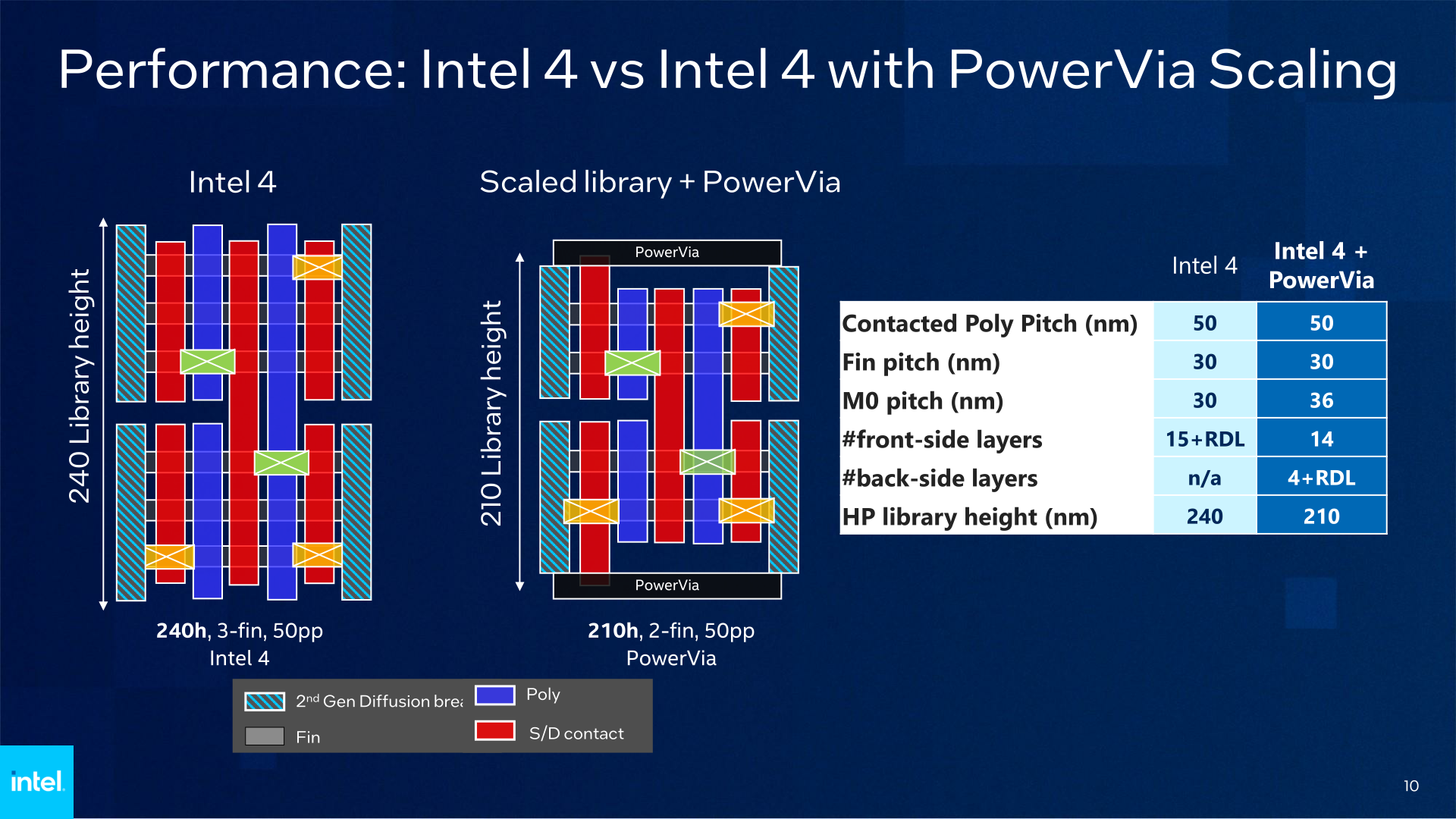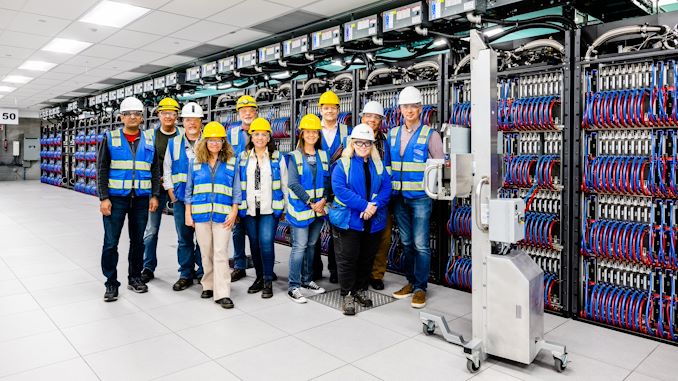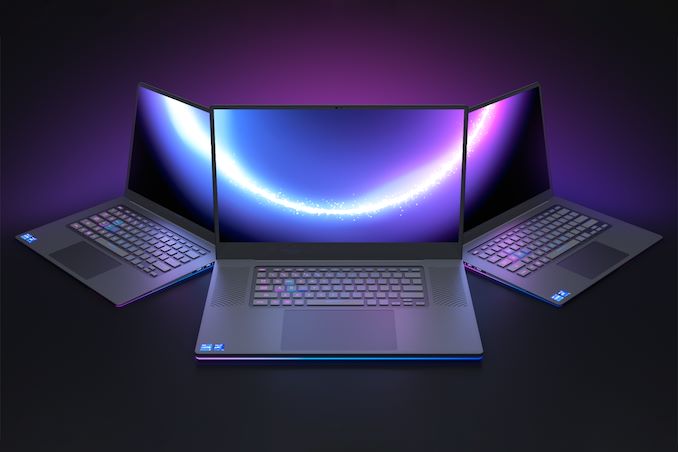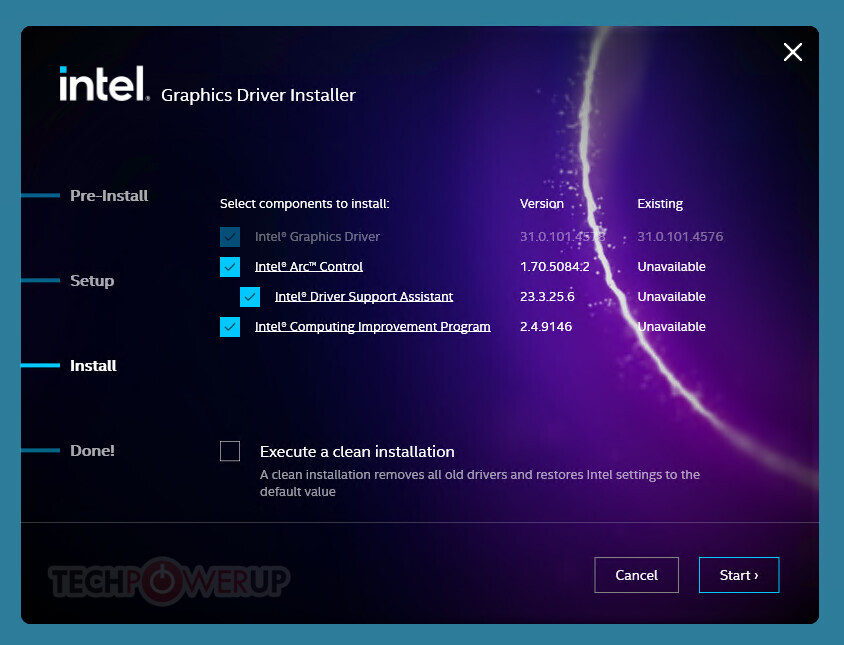Argonne National Laboratory and Intel said on Thursday that they had installed all 10,624 blades for the Aurora supercomputer, a machine announced back in 2015 with a particularly bumpy history. The system promises to deliver a peak theoretical compute performance over 2 FP64 ExaFLOPS using its array of tens of thousands of Xeon Max 'Sapphire Rapids' CPUs with on-package HBM2E memory as well as Data Center GPU Max 'Ponte Vecchio' compute GPUs. The system will come online later this year.
...
The machine is powered by 21,248 general-purpose processors with over 1.1 million cores for workloads that require traditional CPU horsepower and 63,744 compute GPUs that will serve AI and HPC workloads. On the memory side of matters, Aurora has 1.36 PB of on-package HBM2E memory and 19.9 PB of DDR5 memory that is used by the CPUs as well as 8.16 PB of HBM2E carried by the Ponte Vecchi compute GPUs.
...
The installation of the Aurora supercomputer marks several milestones: it is the industry's first supercomputer with performance higher than 2 ExaFLOPS and the first Intel'-based ExaFLOPS-class machine. Finally, it marks the conclusion of the Aurora saga that began eight years ago as the supercomputer's journey has seen its fair share of bumps.

